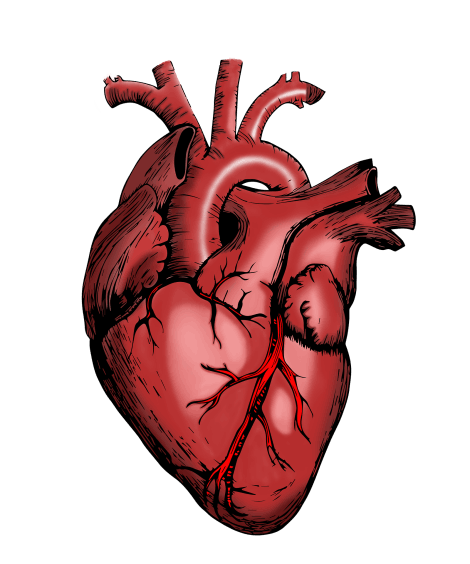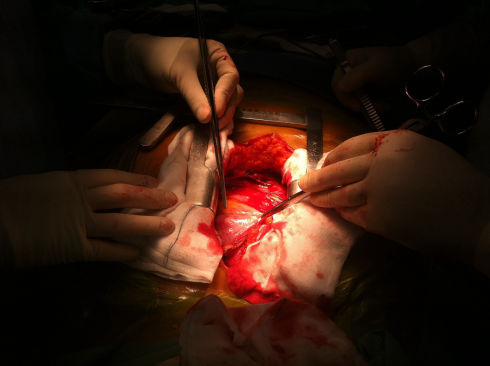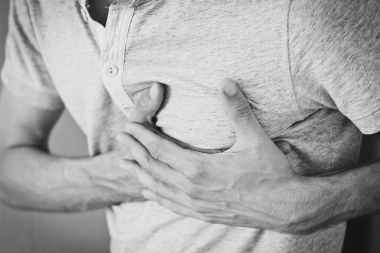

HEART TREATMENTS






Coronary Angioplasty
Coronary Angioplasty is also known as percutaneous coronary intervention. This procedure used to widen blocked or narrowed coronary arteries. However, most modern angioplasty procedures also involve inserting a short wire mesh tube, called a stent and then the stent is left in place permanently to allow blood to flow more freely.
Heart Bypass Surgery
Heart bypass surgery, also known as coronary artery bypass surgery, is a major open-heart surgery performed to restore blood flow to the heart muscle. It involves taking healthy blood vessels from other parts of the body, such as leg, arm, chest, or abdomen, and connecting them to the coronary arteries in a way that bypasses any blocked or narrowed sections. This allows blood to flow freely to the heart muscle and can improve overall blood flow to the heart.
Heart Valve Surgery
Heart valve repair is a cardiac surgery procedure, carried out to repair one or more faulty heart valves. In some valvular heart diseases repair where possible is preferable to valve replacement. A mechanical heart valve is a spare valve that is not itself subject to repair.
Paediatric Heart Surgery
Cardiac surgery in children is recommended to repair heart defects and for the child’s wellbeing in the long-term. Certain heart defects may demand immediate surgery after birth. In some cases, surgeries are performed months or even years after birth. The type and number of surgeries needed vary on the severity of the condition. Paediatric heart surgeons are trained to offer exclusive and comprehensive care to treat children and mend the defected heart.
Pacemaker Implantation
A pacemaker is implanted to help control the heartbeat. A pacemaker is a small electronic device that is implanted under the skin, usually near the collarbone, and helps to regulate the heart's rhythm by sending electrical impulses to the heart muscles. This device is used when the heart's natural electrical system is not functioning properly, causing the heart to beat too slowly, too fast, or irregularly.